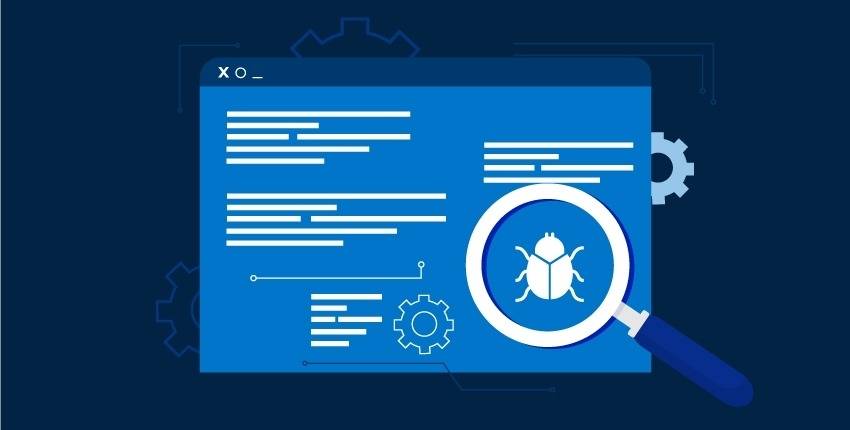A business comes into existence intending to reap profits, gain market share along with having a pool of satisfied customers by its side. But not every single business becomes successful in achieving its desired objectives and goals. Because the ones that become successful offer such products to their targeted audience that meet their expectations and requirements very well in terms of both quality and unique feature set. When it comes to the software development business, often organizations have to put aside other things and have to focus on just one thing i.e sustaining good software product or app quality. This is because of the increasing demands from users for the quality of the products with unique functionality concerns. This demand for quality has made organizations bound to follow the practice of conducting a quality assurance process before they release their products or apps in the market. But at the core of software testing or quality assurance process is the hunting and detection of software bugs or defects. As many as the software defects are hunted, they would get fixed in time and would help organizations to release a healthy software product or an app.
But the real challenge starts when it comes to finding the software defects. A true software tester knows how to do this job of finding or hunting defects well. Quick, flawless releases are the norm in the current digital world. The reason for detecting and fixing flaws in the software products is important because these flaws can later pose great threats to the organizations in terms of their loss of goodwill, failed products, and less market share. That is why it is bringing extensive attention to the information technology sector that software testers must find and establish processes that comprehensively answer the question: “How to find more bugs in software testing?”
Here in this article, we want you to be aware of some of the useful tactics to dig out maximum software errors;
Set software quality standards – Quality standards for software products are necessary to be made. Why? Because these standards help manual software testers to know about what a software product requires and which of the defects in the software products must be fixed on priority. If a manual tester is facing a hard time thinking about how to find maximum website bugs then the best way to start the bug hunting process is by gaining clarity on what the website is expected to provide in terms of user experience.
Consider and apply the 80/20 rule – The Pareto Principle, named after esteemed economist Vilfredo Pareto, specifies that 80% of consequences come from 20% of the causes, asserting an unequal relationship between inputs and outputs. This principle serves as a general reminder that the relationship between inputs and outputs is not balanced. The Pareto Principle is also known as the Pareto Rule or the 80/20 Rule. But the question here is how it can be applied in terms of software testing?
When testing any software, testers usually encounter a situation where most of the defects found are related to certain specific functions, and the remaining functions will have a smaller number of defects. Defect clustering means a small number of modules that contain the most defects. The Pareto principle in the software testing domain means that 80% of the software defects are because of the 20% of the modules in the application.
If you want to apply the Pareto Principle you have to consider these points;
- Come up with the effects that hunted bugs or defects can make instead of digging out the reasons behind their occurrence.
- Have effective communication with developers for categorizing the software defects
- In case of website errors, consider the feedback coming from end-users.
Adequate research must be conducted – Quality assurance experts must beware of the software product or an app they are about to test. Because with a minimum understanding of how some features of the software products or apps work or perform, it is challenging to determine where the hell software defects or errors lie. For this purpose, manual software testers must be made a part of technical meetings where they would easily get a chance to interact with developers, and even if the testers can not attend meetings then a copy of a particular feature set of the software must be provided to them for their better understanding. When you conduct research you must put yourself in the customer’s shoes. Think like a user, what the user will expect from the software when you are hunting for the defects in the software products.
Use of appropriate defect tracking tools – One of the best ways to get the maximum bugs identified in a limited period is by implementing the use of defect tracking tools in your test environment. Defect tracking tools are best at saving the long hours of manual software testers, they also help organizations to cut their costs of software testing. But these tools only prove to be best for the organizations if they’re selected according to the needs and requirements of the business and project. No doubt the market is overflowing with a variety of software testing tools that are great on their own for handling different types of software testing problems. This in short means that project managers and test managers need to be very conscious when they plan to implement the use of a defect management tool. Because if an appropriate tool can save you, an inappropriate one can also destroy you.
Final Thoughts
Like all other aspects of software development, some best practices can speed up the quality inspection process and make it more effective. Therefore, before wondering how to find bugs in the software in the middle of the test cycle, try to implement the steps detailed above to not repent later on about your software product.


























